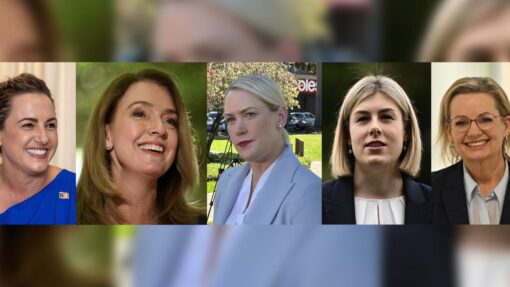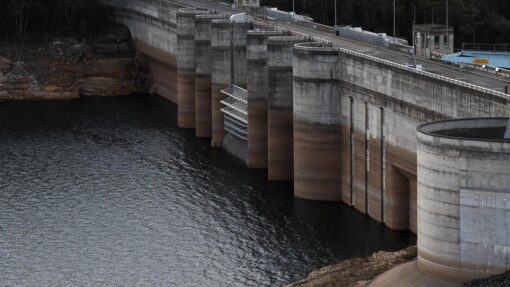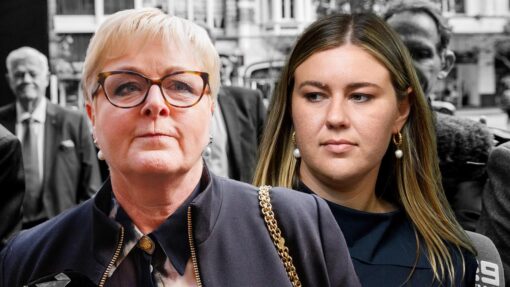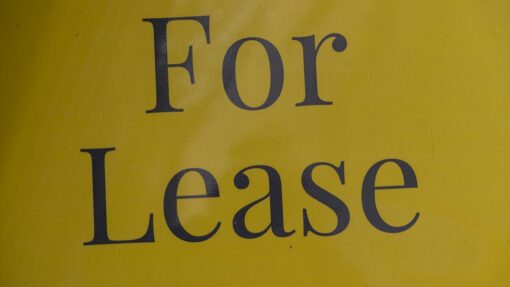A glimmer of hope for nuclear dream after election bomb
Jennifer Dudley-Nicholson |
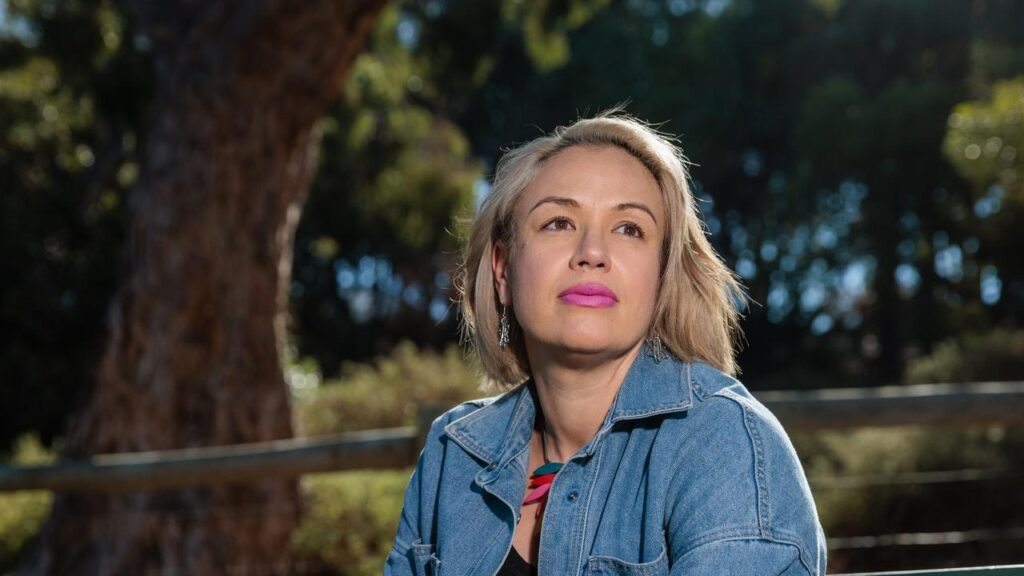
Outspoken engineer Jasmin Diab still hopes a nuclear power reactor could be operating in Australia before the second half of the century.
But the advocate for the technology admits the federal election campaign has severely damaged its reputation and its future role – if it has one – will be much smaller than the coalition’s failed pitch.
“(Nuclear power) shouldn’t have been politicised because it has to endure longer than an election cycle,” the Women for Nuclear Australia president told AAP.
“It turned into a bit of a hot soup with not a lot of clarity.”

Energy commentators say the public’s verdict on nuclear reactors is clear and unequivocal, with voters instead providing a sweeping endorsement of Labor’s plan to invest in renewable resources such as solar and wind power.
But some academics are also unwilling to rule out a future for nuclear power in Australia, saying it could prove to be the missing piece in the puzzle of how to decarbonise Australia’s energy system.
As part of its election platform, the coalition promised to establish seven nuclear power plants in five states on the sites of former coal-fired power stations.
Two of the plants were expected to be small modular reactors – technology that is not yet commercially available – and the first facility was forecast to be operational by 2035.
It is not clear if the coalition will retain the nuclear plan, although Nationals leader David Littleproud and re-elected Liberal MP Tim Wilson have continued to speak in favour of the policy.

But nuclear energy was not a realistic option for Australia in the near term, Climate Energy Finance director Tim Buckley said.
He called the coalition’s policy a distraction from efforts to cut emissions.
Renewable energy projects were both cheaper and quicker to build than nuclear options, Mr Buckley added, and improvements in batteries made them a better short- and mid-term bet.
“I am not necessarily anti-nuclear, I’m anti-stupidity – and I would call the idea of rolling out nuclear in Australia in 2025 stupid,” he said.
“It was never going to be a political solution for Australia.”
China was making large investments in nuclear technology, he noted, although at a much lower rate than spending on renewable and battery storage technology.
For this reason, Australia should not rule out the use of nuclear power in coming decades.

“Let the Chinese enhance the technology, let them roll out fourth-generation technology and, in 10 years’ time, let’s see if fusion technology is any closer than it was 50 years ago,” Mr Buckley said.
“At the end of the day, we have a global imperative to decarbonise and nuclear is a zero-emission energy solution.”
Other experts agree Australia should take a technology-neutral approach to reducing emissions, including Australian National University professor Ken Baldwin.
The public’s message from the election was clear, he said, but Australian regulators should still remove federal and state bans on nuclear technology so they could consider all possible options to achieving net-zero emissions by 2050.
“The opportunity is lost for nuclear to do the heavy lifting in terms of decarbonisation – that will be done by solar and wind, which is much cheaper,” Prof Baldwin said.
“But we need to decarbonise the last five per cent of the electricity system and it’s not so clear what the best way of doing that is.”

Carbon capture technology had yet to be demonstrated on a large scale, for example, and replacing gas with green hydrogen or overbuilding solar and wind infrastructure would be expensive, leaving nuclear as a possible solution.
“By 2045, when we might be looking at decarbonising that last few per cent of the electricity sector, any of those four could be in play,” Prof Baldwin said.
Other experts argue nuclear adoption will be essential if the nation is serious about achieving net-zero emissions.
Removing the technology as an option, UNSW nuclear materials engineer Edward Obbard said, could mean relying on gas as a source of energy indefinitely.
The options were not made clear to voters during the election campaign, he said, as it appeared they were being given a choice between solar, wind and battery solutions or nuclear reactors.
“People thought that if we went nuclear, we would abandon renewables and that is just so untrue,” Associate Professor Obbard said.
“How could you not want to use every tool in the box given the severity of the challenges?”

Re-introducing the idea of nuclear technology would be tricky and a program would need bipartisan support to succeed, Ms Diab said.
“I don’t know how we get to that point because there will need to be someone in parliament who puts their hand up and pushes to at least get the ban removed and continue the conversation,” she said.
“It will take a bit of time.”
AAP